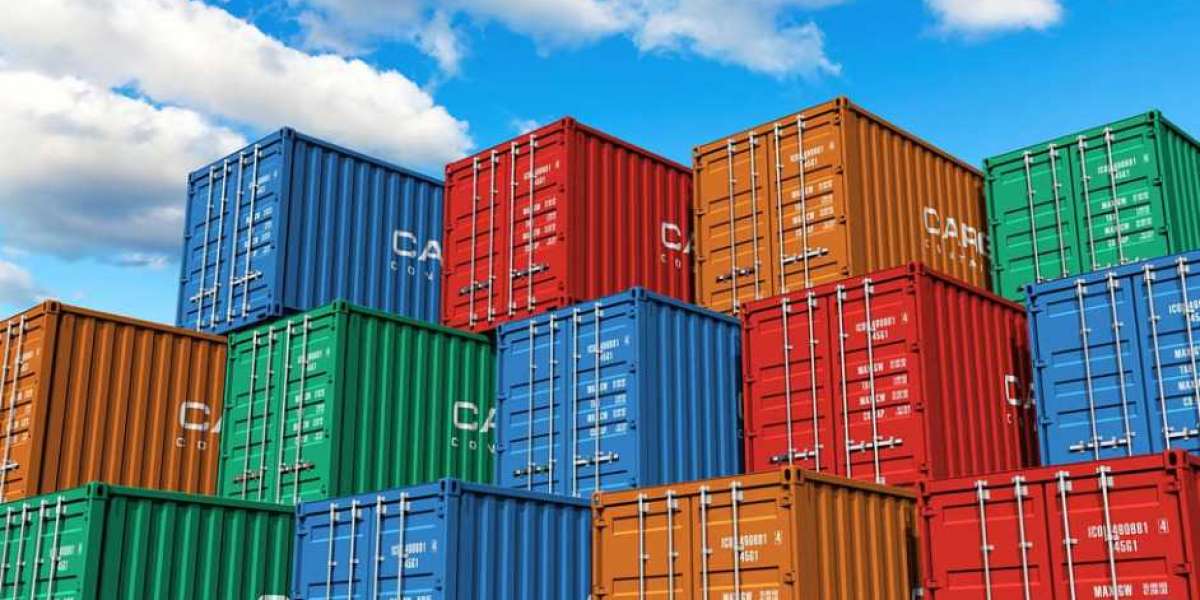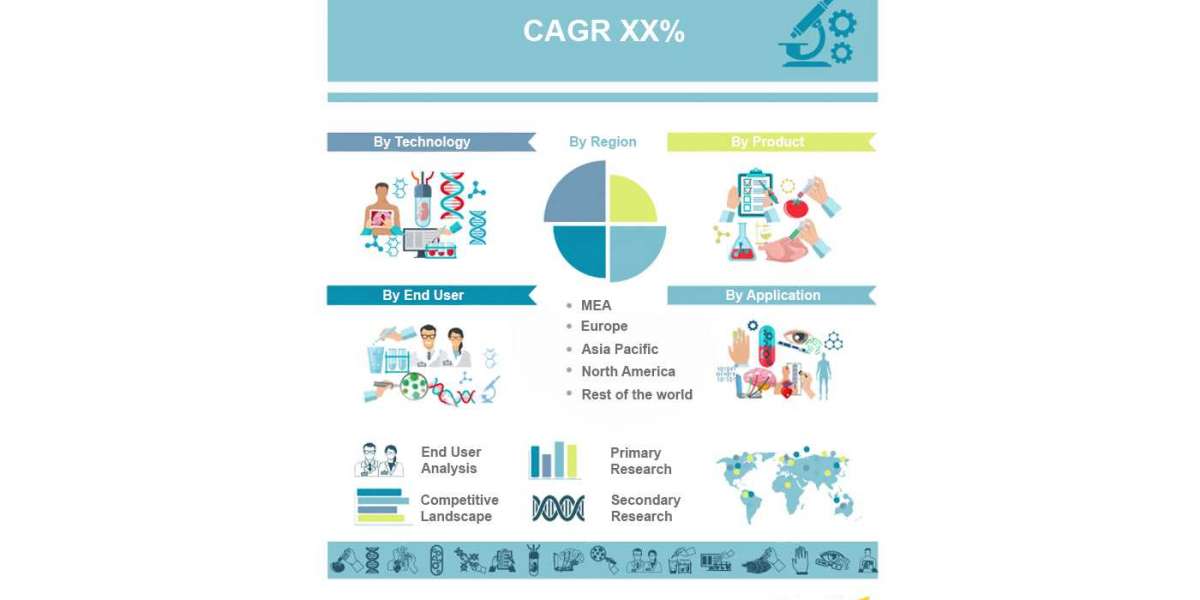The global construction industry is undergoing a profound transformation as sustainability takes center stage. In the pursuit of eco-friendly building practices, innovative products are paving the way for a more sustainable future. In this article, we'll explore the top products that are shaping the landscape of sustainable construction, offering a glimpse into the future of environmentally conscious building.
Eco-Friendly Foundations: A Paradigm Shift in Construction
1. Green Concrete Solutions
Traditional concrete production is a major contributor to carbon emissions. Green concrete, however, incorporates recycled materials like fly ash and slag, significantly reducing its environmental impact. Additionally, carbon capture technologies are being integrated into concrete production, trapping harmful emissions and further enhancing its sustainability.
2. Sustainable Insulation Materials
Insulation is a crucial aspect of energy-efficient buildings. Sustainable insulation materials, such as recycled denim, cellulose, and sheep's wool, provide effective thermal regulation while minimizing environmental impact. These alternatives are not only energy-efficient but also biodegradable, making them a win-win for builders and the planet.
Harnessing Renewable Energy in Construction
3. Solar Roofing and Facades
Solar technology is becoming an integral part of construction, with solar roofing and facades transforming buildings into power-generating structures. Thin, flexible solar panels seamlessly integrate into roofing materials, harnessing solar energy without compromising aesthetics. This innovation not only reduces reliance on conventional energy sources but also contributes to sustainable power generation.
4. Wind-Powered Ventilation Systems
Incorporating wind-powered ventilation systems into building designs enhances energy efficiency. These systems utilize natural wind currents to regulate indoor temperatures, reducing the need for traditional HVAC systems. By harnessing wind energy for ventilation, buildings can achieve a balance between comfort and sustainability.
Closing the Loop: Sustainable Construction Practices
5. Recyclable Building Materials
The emphasis on recyclable building materials is reshaping the industry. From recycled steel and aluminum to reclaimed wood, these materials minimize the depletion of natural resources. Additionally, the recyclability of these products ensures a closed-loop system, reducing waste and promoting a circular economy within the construction sector.
Conclusion
The future of sustainable construction is marked by a commitment to reducing environmental impact without compromising structural integrity or aesthetics. The top eco-friendly products outlined here represent a shift towards more responsible building practices, setting the stage for a greener and more sustainable construction industry. As these innovations continue to gain traction, they not only redefine the construction products but also contribute to a healthier and more resilient planet. Embracing these top products is not just a choice; it is a collective step towards a sustainable future for the global construction landscape.







